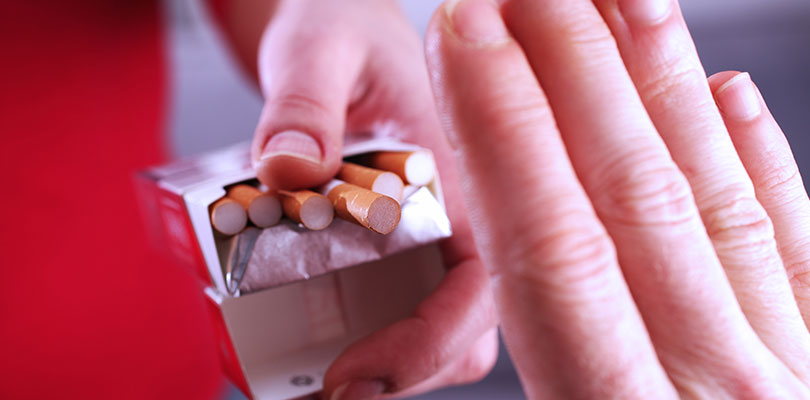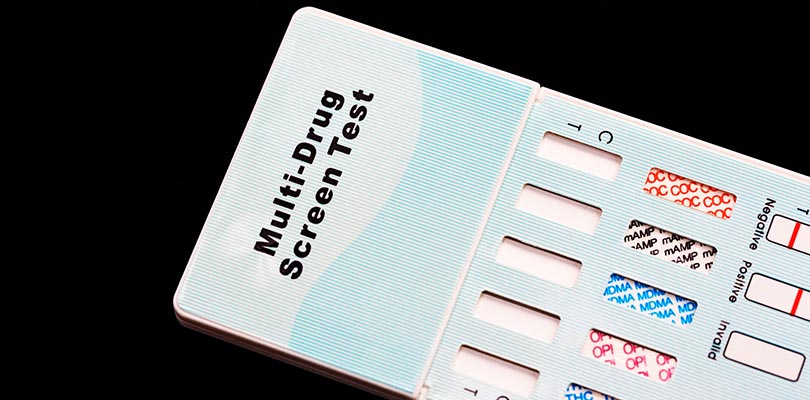What Is Body Dysmorphic Disorder?
Every day you look in the mirror, and though you may not like everything reflected back at you, the image you see is accurate. You can see your flaws, but you can also find positive characteristics and features you enjoy.
Having this balanced perspective is important. Without some level of objectivity, a person loses sight of who they are and how other people see them.
Unfortunately, a mental health disorder called body dysmorphic disorder (BDD) can strip away your perspective.
What Are the Symptoms of Body Dysmorphic Disorder?
Someone with BDD will be obsessed with their physical appearance and have an unreasonable or irrational belief that a specific part of their body is seriously deformed, disfigured, or otherwise problematic. If anyone tries to convince the person their fears are unwarranted, the person with BDD will dismiss and discount the opinions and become more certain their perceptions are accurate.
When an individual or a mental health professional begins looking for signs of BDD, they pay attention to several symptoms that include:
- The person being consumed with the perception of flaws or defects in their body, even if the problems do not appear to others
- In a response to inspect, change, or improve the flaw, the person engages in repetitive, compulsive behaviors like:
- Checking the mirror
- Picking their skin or hair
- Excessive grooming
- Seeking reassurance and compliments from others
- Feeling a high level of stress from their physical appearance that results in struggles at home, work, school or in relationships
A person with BDD will use words to describe themselves like:
- Ugly
- Unattractive
- Abnormal
- Hideous
- Monstrous
People with BDD spend an average of three to eight hours each day inspecting, grooming, and thinking about their appearance. Although they would like to stop, they are compelled to continue the process.
They may think:
- My nose is too big
- My breasts are too small
- I have too much fat
- My eyes are not symmetrical
- My hair is too thin
- My skin isn’t clear enough
Many people consume multivitamins, but do multivitamins work? Here you'll find out if they're worth the money and if they offer any health benefits.
Someone with BDD could focus on the part of their body that seems completely insignificant or imperceivable to another person. To them, though, this feature is their defining characteristic.
There is one form of BDD called muscle dysmorphia, where the person thinks they lack enough muscle mass to be attractive. People with this form of BDD are almost all men who will work out and diet to improve their appearance, but they will never be satisfied with their accomplishments.
What Causes Body Dysmorphic Disorder?
There is no clear cause of BDD, but there are several genetic and environmental factors that may contribute to the condition. First, it seems that people who have parents, grandparents, or siblings with obsessive-compulsive disorder (OCD) have a higher risk of having BDD than people without these relationships.
Also, people who were abused or neglected during childhood have higher rates of BDD. If someone’s parents were physically, emotionally, or sexually abusive or showed limited interest in their life, BDD could be an unwanted outcome.
Facts About Body Dysmorphic Disorder
Anyone can have BDD, but the disorder frequently begins during adolescence and early adulthood. About 2.5% of people in the U.S. have BDD with the number of women outnumbering men slightly. The rates of BDD are higher in people seeking dermatology care or cosmetic surgery.
Men and women experience many of the same effects from BDD with few differences. Men are more likely to have BDD fixation related to their penis, and women are more likely to have an eating disorder along with their BDD.
Sadly, BDD is strongly correlated with depression and suicide. It seems people with BDD are much more likely than other people to think about suicide, attempt suicide, and complete suicide.
Body Dysmorphic Disorder Prevention and Treatment
In terms of prevention, there is little someone can do to limit the risks of developing BDD. If the biological and environmental risk factors are present, there is a better chance the disorder will run its course.
The best way to address BDD symptoms, though, is to seek out professional treatment as quickly as possible. Getting professional mental health care from a licensed and experienced therapist or psychiatrist can be the difference between recovery and longer periods of intense symptoms.
A psychiatrist will evaluate the individual for medication based on the symptoms, signs, and impact caused by the disorder. A variety of medications may be recommended by the professional with drugs that
increase the amount of serotonin in the brain being a preferred choice.
With therapy, a type of treatment called cognitive behavioral therapy (CBT) is widely used. This form of therapy focuses on the connection between thoughts, feelings, and behaviors with the idea that challenging distorted thoughts and replacing them with more rational ones will reduce the presence of BDD.
Fortunately, treatment for BDD is effective and available in various settings and locations around the country.







